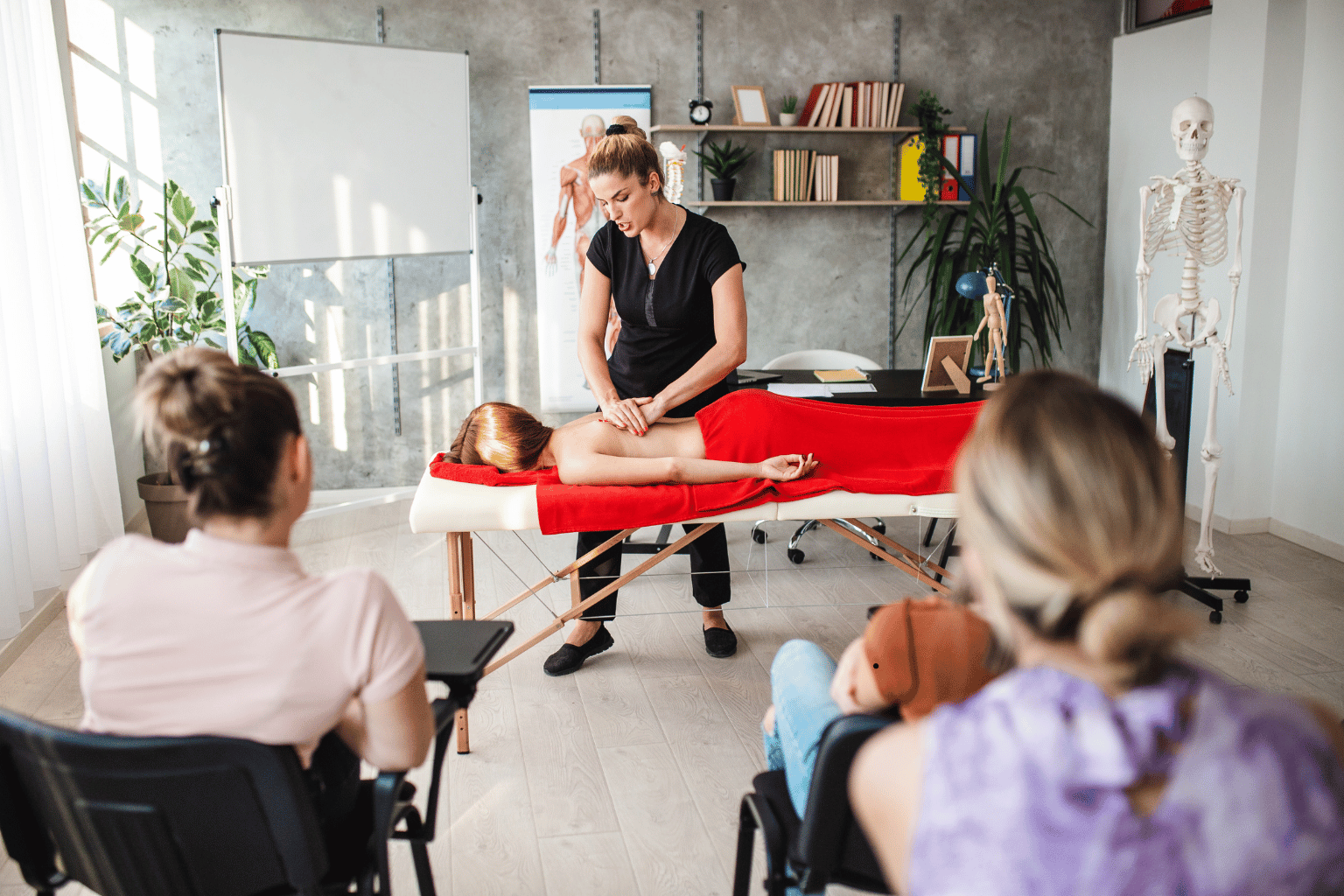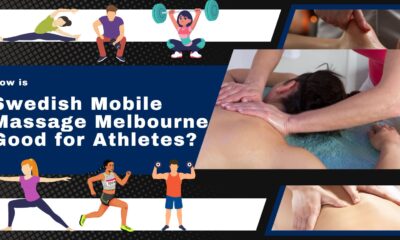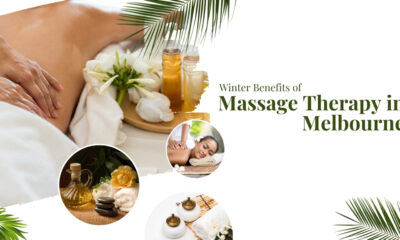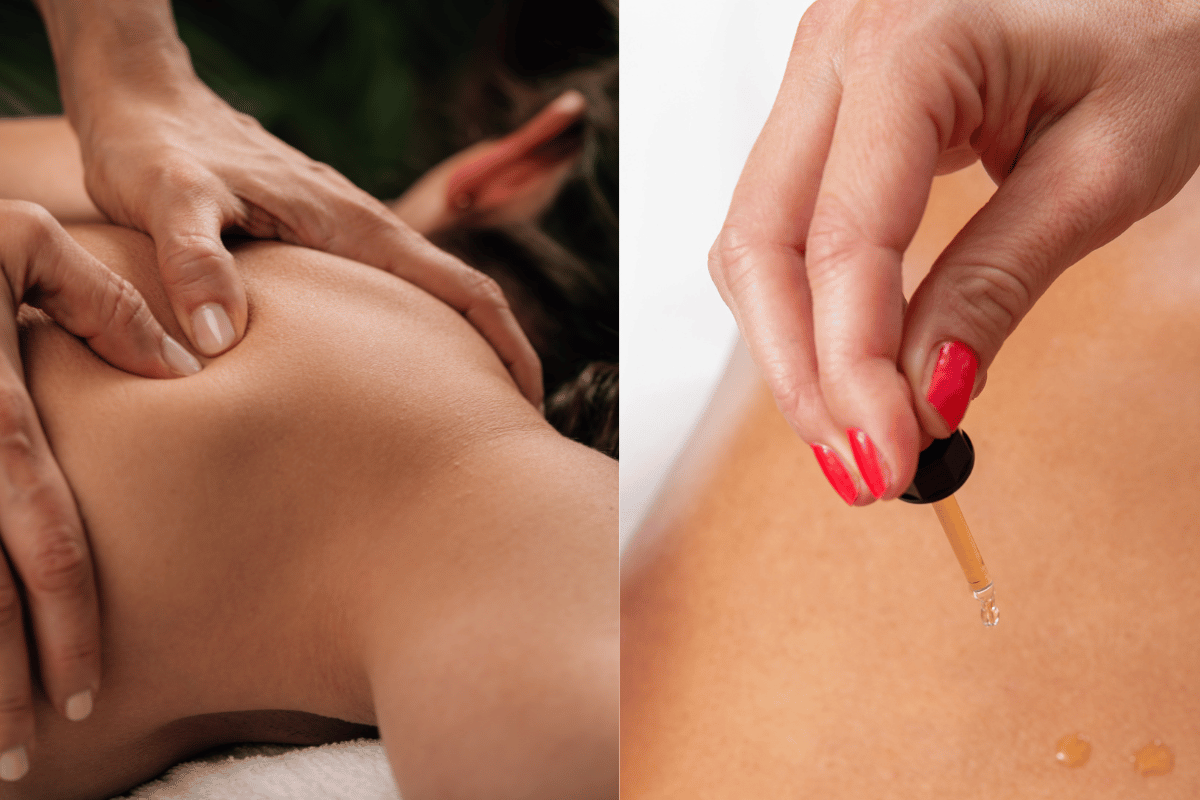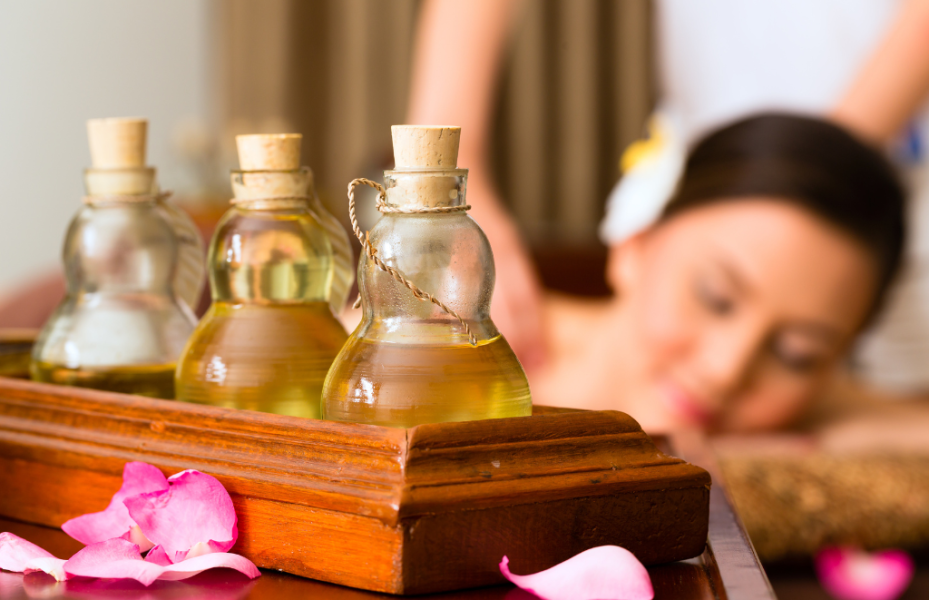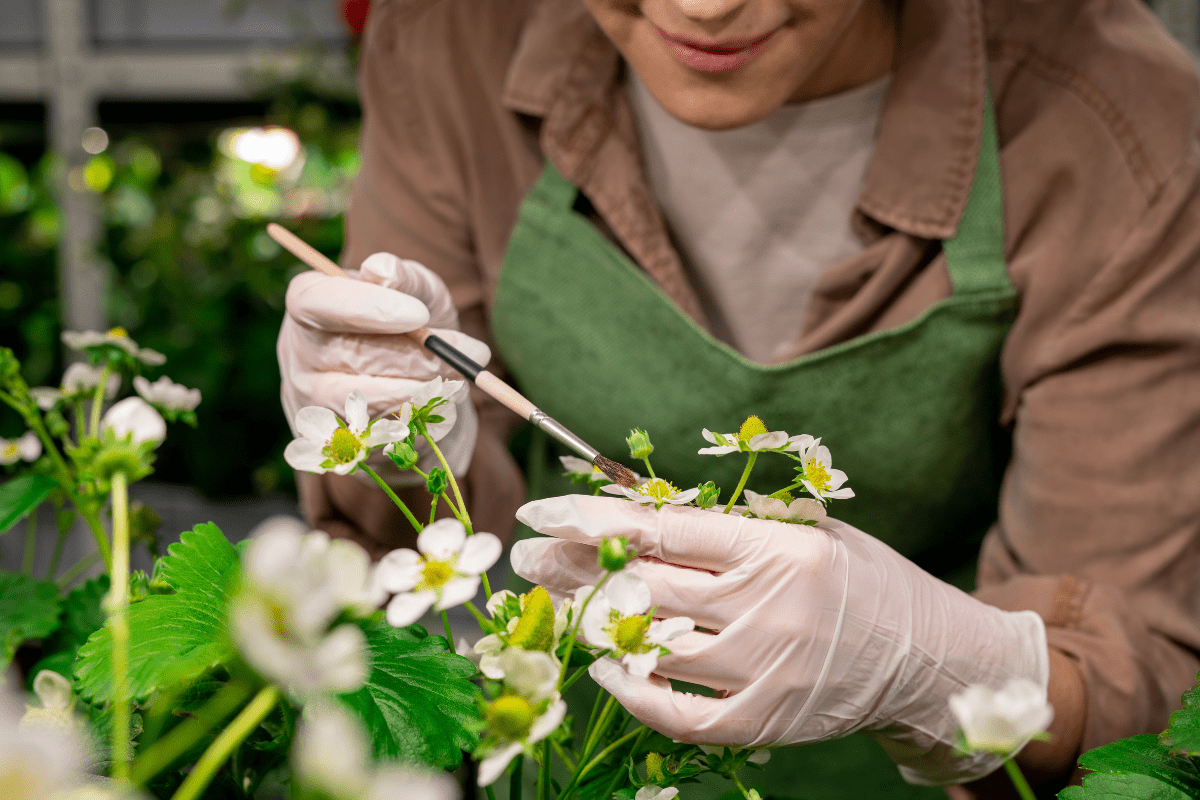Massage
How to Become a Massage Therapist in Australia
Choosing to become a massage therapist in Australia can be both a rewarding and flexible career path. With rising interest in health, wellness, and natural therapies, the demand for qualified massage therapists continues to grow across the country.
In fact, according to the Australian Government’s Jobs and Skills data, approximately 18,900 people were employed as massage therapists nationally in recent years—a number expected to rise with the growing focus on holistic health and preventative care.
This guide will walk you through the essential steps to start your career as a massage therapist, including the necessary qualifications, skills, and business considerations involved. We’ll also explore opportunities for specialisation and growth.
Why Choose Massage Therapy as a Career?
Massage therapy is more than just a relaxing experience; it plays a critical role in injury recovery, stress relief, pain management, and overall wellbeing. As a therapist, you get to work closely with clients to help them achieve both physical and mental health benefits.
Some of the advantages of entering this profession include:
- Flexible work schedules, suitable for various lifestyles
- A wide array of workplace options, including wellness clinics, day spas, freelance roles, or establishing a private practice
- Pathways for expertise in areas like athletic recovery, deep tissue therapy, or maternal support
- The personal satisfaction of contributing to clients’ health and wellbeing
Step 1: What Does a Massage Therapist Do?
Before starting your journey, it’s essential to understand the daily responsibilities of a massage therapist. These often include:
- Performing client assessments and identifying treatment goals
- Administering massage tailored to specific health conditions or stress management
- Offering guidance on self-care, stretches, and wellness strategies
- Keeping accurate treatment records and upholding sanitary and ethical standards
- Engaging with other healthcare professionals when needed for integrated care
Massage therapists work with a broad demographic—from athletes to office workers—and must combine technical skills with a caring approach.
Step 2: Obtain Recognised Qualifications
In Australia, to practice professionally, you need a nationally recognised qualification. The two main qualifications are:
Certificate IV in Massage Therapy (HLT42021)
- This foundational course is suitable for those interested in relaxation massage
- Covers anatomy, safe practice, communication, and hands-on technique
- Common in spa and wellness industries, or for mobile massage services
- Completion typically takes between 6 and 12 months depending on study load
Diploma of Remedial Massage (HLT52021)
- Offers deeper knowledge of anatomy, assessment, and therapeutic treatments
- Recognised by private health funds for rebate purposes
- Can open doors to working in clinical environments and with sports organisations
- May also lead to opportunities for specialisation or additional certifications
Be sure to enrol with a Registered Training Organisation (RTO) that delivers nationally accredited qualifications under the Australian Qualifications Framework.
Step 3: Gain Practical Experience
Building your hands-on confidence is essential. Most accredited courses include supervised clinical placement to develop your skills and readiness for the workforce.
After qualifying, career paths include:
- Wellness spas and retreats
- Allied health or chiropractic clinics
- Gyms or sports rehabilitation centres
- In-home or corporate massage services
- Festivals and public events, offering chair massage or brief sessions
Volunteering or participating in community health programs can also give early-career exposure.
Step 4: Decide Between Working for Others or Starting Your Own Practice
Once you’re certified, you’ll need to decide whether you want to join an established business or become self-employed. Each path has distinct advantages:
Working for an Employer:
- Consistent salary or hourly wages
- Supportive environment for learning and growth
- Less administrative responsibility
Running Your Own Business:
- Greater control over services, location, and scheduling
- Potential for higher income through direct client billing
- Requirement to handle all operational and marketing aspects
Many professionals begin with employment and transition to independence once they gain confidence and clientele.
Step 5: Stay Compliant and Professional
Maintaining professionalism and compliance is essential. Here are the basics:
- Insurance Coverage: Secure liability and indemnity insurance to protect yourself and your clients
- Join an Industry Body: Massage & Myotherapy Australia offers professional membership, health fund eligibility, ongoing training, and industry support
- Register for an ABN: If operating independently, an Australian Business Number is required
- Ongoing Education: Stay current by participating in Continuing Professional Development (CPD)
- Hold Valid First Aid: Most employers and clients expect up-to-date first aid credentials
Step 6: Build a Business and Promote Your Services
For self-employed therapists:
- Develop a clear identity and message for your brand
- Create a simple website and register with online directories
- Leverage local SEO and use search-friendly terms like “home massage near me”
- Offer trial sessions or discounts to attract new clients
- Build referral networks with gyms, fitness studios, and health professionals
- Collect testimonials and showcase success stories on social media
Strategic promotion is key to establishing a sustainable client base.
Step 7: Consider Expanding Your Skillset
Specialising can enhance your credibility and attract niche clients. Options include:
- Athletic and Sports Massage: Prevent injury and speed recovery
- Prenatal Techniques: Aid relaxation and comfort during pregnancy
- Trigger Point Therapy: Treat chronic muscle pain effectively
- Office Wellness Programs: Deliver short massages in corporate settings
- Advanced Manual Therapies: Deepen your therapeutic approach
Investing in additional training not only refines your expertise but can also increase your income potential.
Career Outlook and Opportunities
The massage industry in Australia continues to expand. With a cultural shift toward preventative health and stress management, therapists are increasingly integrated into multi-disciplinary care teams.
According to labour market insights, the profession supports part-time, flexible schedules and appeals to individuals seeking work-life balance. There is also room to evolve into related roles, such as fitness coaching, holistic health advising, or therapy education.
Final Thoughts
Becoming a massage therapist in Australia is more than a job—it’s a way to make a positive impact while building a career around flexibility and personal satisfaction. Whether you envision working in a clinic, with athletes, or launching a mobile therapy business, there is room to grow.
Platforms like Orderoo can help therapists reach local clients efficiently, especially those seeking at-home or on-demand services. It’s a valuable tool for expanding visibility and simplifying bookings.
Frequently Asked Questions (FAQs)
1. How long does it take to become a massage therapist in Australia?
The Certificate IV in Massage Therapy typically takes 6–12 months full-time, while part-time or traineeship options may extend to 18–24 months. The Diploma of Remedial Massage may take up to 18 months or more.
2. Do I need a licence to work as a massage therapist in Australia?
Massage therapists are not required to be licensed nationally. However, having a recognised qualification, insurance, and industry association membership is essential for professional credibility and insurance purposes.
3. Can I start a mobile massage business after graduation?
Yes. Many graduates begin offering mobile services. You’ll need a valid ABN, insurance, transportable equipment, and possibly a portable payment system.
4. What’s the difference between relaxation and remedial massage?
Relaxation massage focuses on general stress relief and wellbeing, while remedial massage addresses specific muscular issues through assessment and targeted treatment. Only diploma-qualified therapists can offer remedial services eligible for health fund rebates.
5. Is there a demand for massage therapists in Australia?
Yes. With growing interest in preventative health and wellness, massage therapy is increasingly integrated into holistic healthcare settings, creating ongoing demand in urban and regional areas.
Hi, I’m Ankush. Based in Port Lincoln, South Australia, I hold a Bachelor of Science and a Bachelor of Education (Middle & Secondary) from the University of South Australia, graduating in 2008. With several years of experience as a high school and secondary teacher, I’ve combined my passion for technology and finance to drive innovation in the on-demand service industry. As the founder of Orderoo, I’m committed to leveraging technology to simplify everyday tasks and enhance accessibility to essential services across Australia. My focus remains on exploring new opportunities to expand and improve these solutions, ensuring they meet the evolving needs of users and service providers alike.


